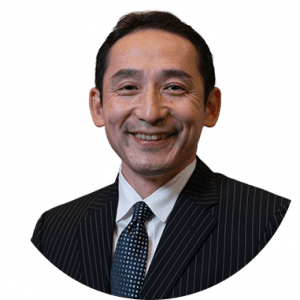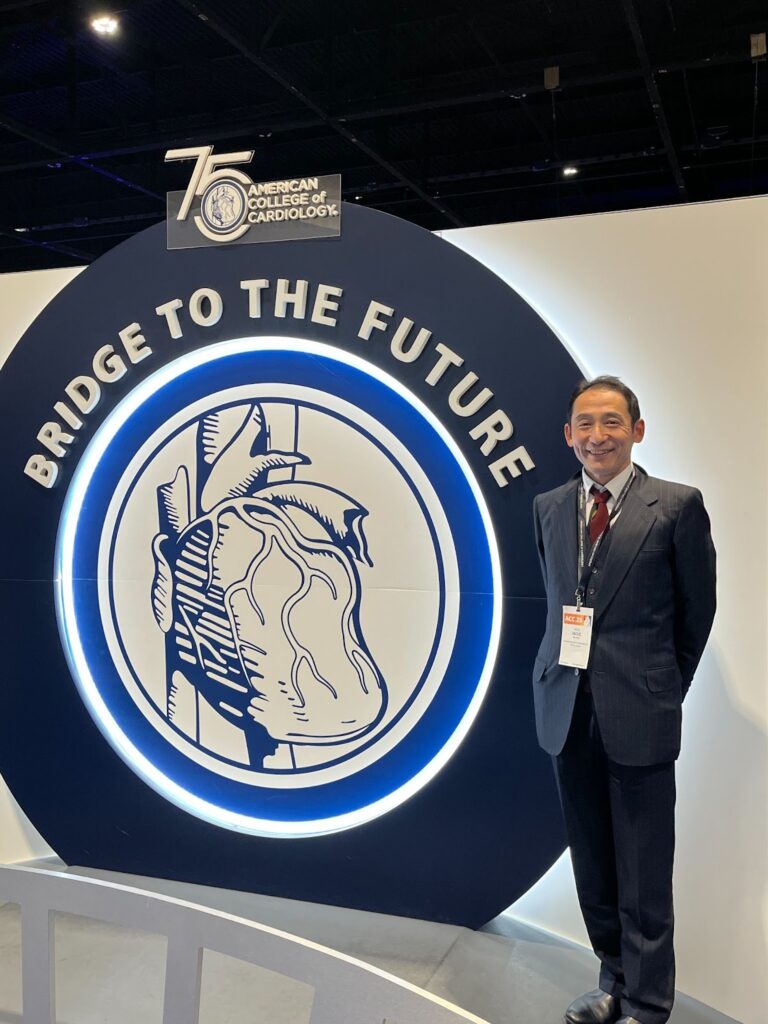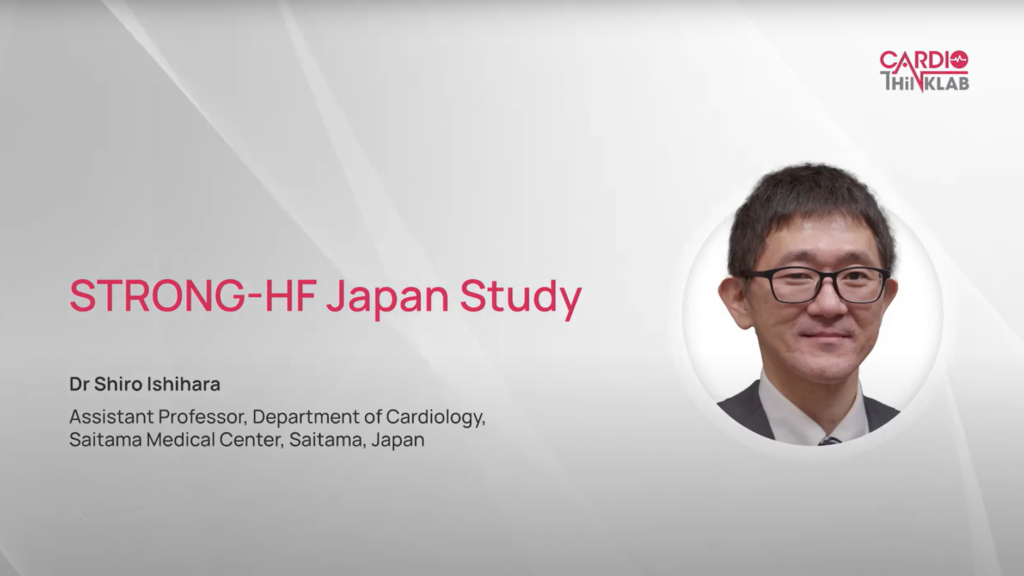What are the challenges in the current management of patients hospitalised for HF in Northland?
In Northland at our major hospital in Whangārei, the patients are admitted under general medical service. It’s a very busy hospital. There’s pressure on beds. There’s a lot of pressure not to admit to hospital, discharge them early. So the heart failure (HF) patients generally have a short length of stay and are often discharged, not fully worked up, not fully diuresed and not on optimal treatment. Associated with the busy workload, the responsible team members, the doctors, both junior and senior, tend to change during that hospital admission. So there’s a lot of loss of continuity. And there’s also variable awareness of our heart function service, our referral criteria. We’ve got a limited heart function nursing resource both in Whangārei. Our northern most rural hospital, Kaitaia, has also different challenges. Hospital doctors look after ED and the one ward. And so they’re having to struggle with a complex workload. And these patients, again, don’t seem to get the full care that they do need in a shortened hospital stay. We are trying to fill the gaps there with our heart function resource, but again, limited resources are providing challenges for us.
Why did you decide to implement the RaT (Rapid Titration) pathway for GDMT optimisation in Whangārei Hospital and Kaitaia Hospital?
We know from evidence that to get patients on guideline-directed medical therapy (GDMT) for HF, it’s really important to start early and to up-titrate early. The STRONG-HF trial, for example, highlights that it’s feasible, it’s safe, and it gets through that patient’s high risk period where they’re more likely to not take their medications and have subsequent events and readmission. We’ve got a high readmission rate, which of course results in morbidity as well as mortality, with about 1 in 5 of our patients readmitted in 90 days. The other thing is that if we get the patients started onto a program of rapid titration, they’re more likely to engage with the service and adhere to their medication in the long term. One of the challenges that we have in Northland is that the primary care follow-up is poor. There’s a shortage of GPs. The population is largely rural, deprived, and so access to get to those GPs can be challenging. Health literacy is often poor and we’ve got a high burden of disease, often quite complex disease, in our Māori patients and the young patients. And so if we can get these patients engaged early in a rapid titration, it’s a win-win for the patient, both short term and long term.
What is the RaT pathway for GDMT optimisation?
So the RaT pathway or Rapid Titration pathway, as we’ve called it, is an accelerated titration pathway to get selected patients as inpatients with acute decompensated HF on the 4 pillars of heart function therapy early and with safe monitoring. So we’ve established criteria for those people that will go onto the RaT pathway, including low risk things, such as do they have other comorbidities that may affect them joining on the program, safety things; they’ve got to have reasonable blood pressure. So we use that criteria. We screen them in hospital, we engage them in the service in hospital, and that inpatient contact becomes very important in establishing a relationship between the heart function nurse, and the ongoing follow-ups. So we work with the inpatient team to get them started on treatment of the 4 pillars and aim at a low dose of all 4 possible treatments before they go home. We work out a pathway for getting bloods done, schedule appointments in advance, and we’re also looking at remote options of using blood tests, BNP monitoring, blood pressure checks, to get those rural patients that may not be able to attend clinic.
What did the implementation journey of the RaT pathway look like?
Implementation of the RaT pathway or any accelerated pathway does have challenges and there’s no one way or one size that fits all hospitals. What we found very valuable is with the patient journey mapping is to engage all stakeholders and actually find out what your pathway is at the moment. That was sort of involvement of ED doctors, the junior staff, the senior staff, nurses, our booking clerks, a hospital pharmacist if you’re lucky enough to have one. And we identified gaps in the pathway and then prioritized those things that we could achieve. And it was quite surprising that there were some things that we weren’t aware of that we’ve had to work on, challenges that we have overcome and resource challenges that we won’t overcome. So it’s really just a matter of seeing where your current pathway is, identifying the gaps, prioritizing the gaps, and working on those challenges moving ahead. And even as we’ve implemented the RaT pathway, we’re still tweaking it to find areas where we can improve. One of the things we found particularly with changing of staff, is that there’s a lack of awareness of really what our heart function service was doing, and the fact that we are focusing on this particular group of patients. And so we are having to have ongoing communication with the ward teams and education.
What have been some of the major outcomes and improvements in patient care so far since the implementation of the RaT pathway?
So we’ve identified a certain number of KPIs that we should be measuring with the RaT pathway, such as the number of patients on the 4 pillars of heart function therapy at discharge as a group of all of those HF patients, the number of patients that actually met our inclusion criteria, and the time taken to get to the maximum therapy. We are aiming at a 6 week period, but we’ve also had to review that as we go along. We found problems with scheduling clinics within that 6 week period, and so we’re overcoming that and scheduling the appointments from the point of discharge. So throughout this process, we’ve had to improve the awareness and the education of the teams managing HF patients. Obviously this is quite different where HF patients are admitted under a cardiology service, which is well resourced. But we have had to have ongoing education and reminders for the ward staff of what we’re doing and why we’re doing that. Getting the patients referred from the point of admission, rather than 5 minutes before their discharge, has also been very important so that our nurses establish a relationship with the patient and can work at the inpatient titration as well as the outpatient planning. We’ve developed some patient-focused resources, really it’s very simple guides for the patients to know what we’re doing when we are doing this. And we’ve nicknamed this regime as our heart function cocktail, so that they know right from the start that we are getting them on 4 medications quickly and why we’re doing it. And that’s helped with patient buy-in.
What advice would you give APAC clinicians on implementing GDMT optimisation protocols based on your experience with the RaT pathway?
I think what we’ve learned, and would be useful advice, is to be aware of what your current pathways are, engage all the stakeholders and look at where the pathway gaps and challenges might be, and instituting a pathway with ongoing review, establishing clear criteria and having a face on the ward of the heart function team with the medical carers of that patient. Any review and service development is ongoing and we are still in our early days and improving things as we go ahead.
















